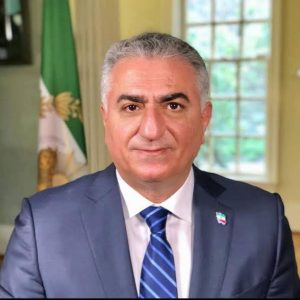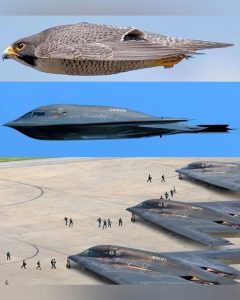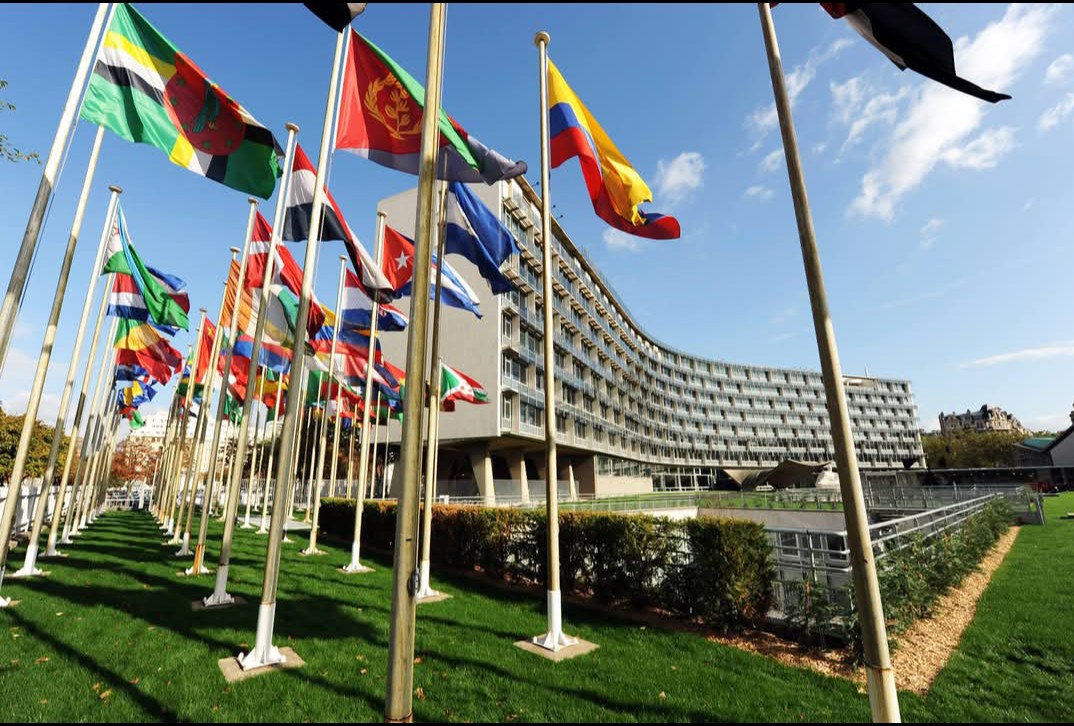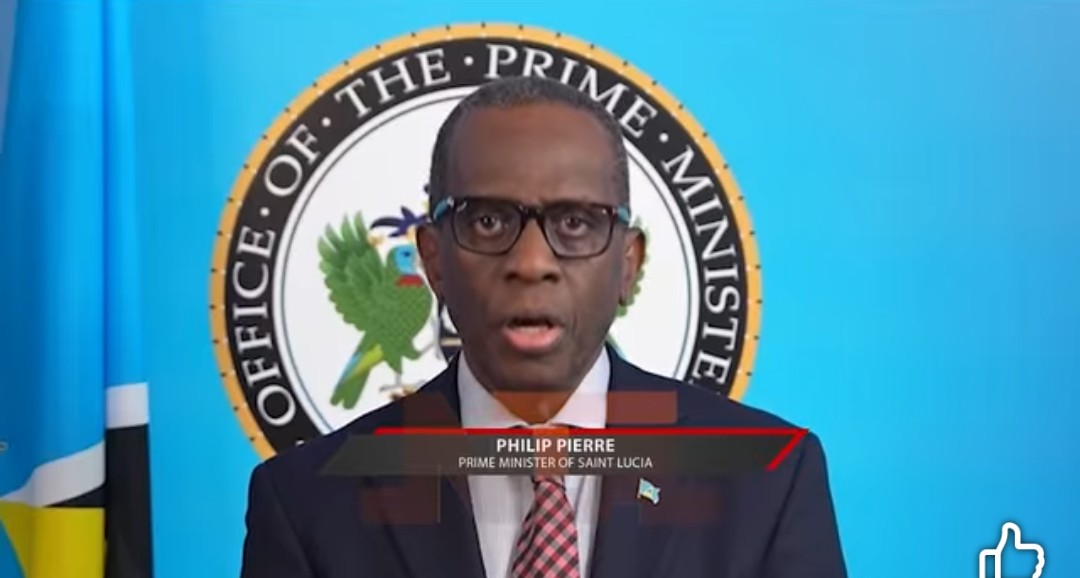By: Simon Abang
The Second World War reached its darkest hour with the fall of France under Nazi occupation. It was in this defining moment of history that the United States entered the war in 1944, shifting the tide of battle.
General Charles De Gaulle, exiled in Algeria, watched from afar as his beloved France fell into the hands of Hitler’s puppet regime—the Vichy government, powerless and complicit.
Historians and strategists have offered many reasons for America’s entry into World War II. The bombing of Pearl Harbor in 1941 was the final trigger, but ongoing German attacks on U.S. maritime assets and the dire need to relieve Stalin’s Soviet Union on the Eastern Front added urgency. At the same time, the relentless appeal of British Prime Minister Winston Churchill and the moral call to liberate Europe especially France, moved the conscience of the American leadership.
Led by some of America’s finest generals: Dwight Eisenhower, Omar Bradley, George Patton, and Douglas MacArthur—U.S. forces waged a global campaign across Europe and Asia. They didn’t just defeat the Axis powers, they helped liberate millions and restore hope in places like France, where tyranny once ruled.
On June 6, 1944—D-Day—over 7,000 ships, 130,000 troops, and 20,000 aircraft stormed the beaches of Normandy under Operation Overlord. Just eleven weeks later, Paris was free, and the downfall of Hitler’s Third Reich had begun.
By the end of the war, America had mobilised 16.1 million men and women and spent the equivalent of $5 to $6 trillion in today’s currency. But the human cost was even greater:
Total deaths ~70–85 million
Military deaths ~21–25 million
Ci vilia
vilia n deaths ~50–60 million
n deaths ~50–60 million
Wounded (military) ~25 million+
Among the horrors, the Nazi regime murdered six million Jews in what history now remembers as the Holocaust. This is a genocide that shocked the conscience of humanity.
To rebuild the ruins of war, the U.S. invested $30 billion under the Marshall Plan—laying the foundation for modern Europe.
Though World War II ended, peace remained fragile. The world would soon witness more bloodshed—from Korea in 1953 to Congo in 1960 and Vietnam by 1968, etc.
A new chapter of unrest began in 1979 with the rise of the Islamic regime in Iran, ushering in a period of ideological conflict and state-sponsored terror.
Since 1975, Iran has refused to recognise the state of Israel—established in 1948 after the Balfour Declaration. Over the decades, Iran has poured billions of petro-dollars into terror proxies: Hezbollah in Lebanon, Hamas in Gaza, the Houthis in Yemen, militant cells in Syria and Iraq, and other jihadist groups across Judea and Samaria. Tehran became known as the global capital of state-sponsored terrorism.
According to recent leaks from an late IRGC official who was illuminated by IDF some few days ago, Iran funded the October 7 attack on Israel with over $21 million and was preparing further support for its terror proxies. Iran described Israel as a “pariah state” and pressed on with its uranium enrichment—not for energy, but for destruction, with the clear goal of wiping Israel off the map.
As Iran unleashed wave after wave of terror, the world stood by. Only the U.S. and Israel responded with urgency. Britain, France, China, and Russia were bystanders in what felt like a second Holocaust in the making—this time not in gas chambers, but through rockets, proxies, and propaganda.
For Prime Minister Netanyahu, the Mossad, and the IDF, this was no ordinary conflict—it was a fight for survival. After just a week of combat, the United States, fully aware of the threat Iran posed to global stability, deployed some of its most lethal non-nuclear weapons to support Israel.
The U.S. deployed the fearsome B‑2 bomber—its most advanced non-nuclear strike aircraft—to target Iran’s underground nuclear sites. Its stealth design evaded Iran’s radar, and its payload— the GBU‑57 Massive Ordnance Penetrator—pierced deep beneath the earth into the heart of Fordow and Natanz. This wasn’t just a warning shot; it was a direct attempt to shut down Iran’s ability to enrich weapons-grade uranium and end the existential threat to Israel and its neighbours.
Shortly after the bombing the Iranian Crown Prince Reza Pahlavi releases statement: The strikes on the Islamic Republic’s three nuclear sites are the result of the regime’s catastrophic pursuit of nuclear weapons at the expense of the Iranian people.
Ali Khamenei and his crumbling terrorist regime have failed the nation. As Khamenei considers how to respond from his underground bunker, I say to him: For the sake of the Iranian people, respond by stepping down, so the proud Iranian nation can leave the disastrous period of the Islamic Republic behind and start a new chapter of peace, prosperity and greatness.
The only sure way to achieve peace is for this regime to now end.”
Today, the world breathes a cautious sigh of relief as the oppressive regime in Tehran faces imminent collapse. For the first time in decades, the Iranian people glimpse the possibility of reclaiming their country from the grip of extremism and terror.
In concluding, from the beaches of Normandy to the skies over Tehran, history reminds us that peace is not handed down—it is fought for, often at great cost. The Second World War may have ended in 1945, but the struggle against tyranny never truly. Each generation must answer its own call. Today, as the dust settles over Iran, we are reminded again that the defense of liberty is a duty passed on, not abandoned. The world is watching—and finally, responding.
Will Tehran give up? Only time shall tell.
Simon Abang is a budding strategist. He writes from Abuja, Nigeria. He can be reached at akadwan2024@gmail.com





